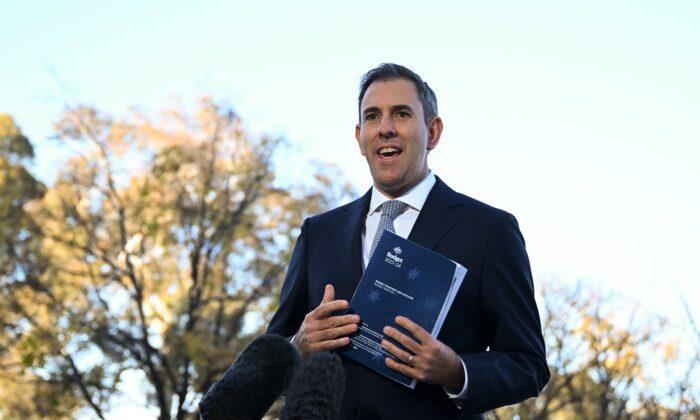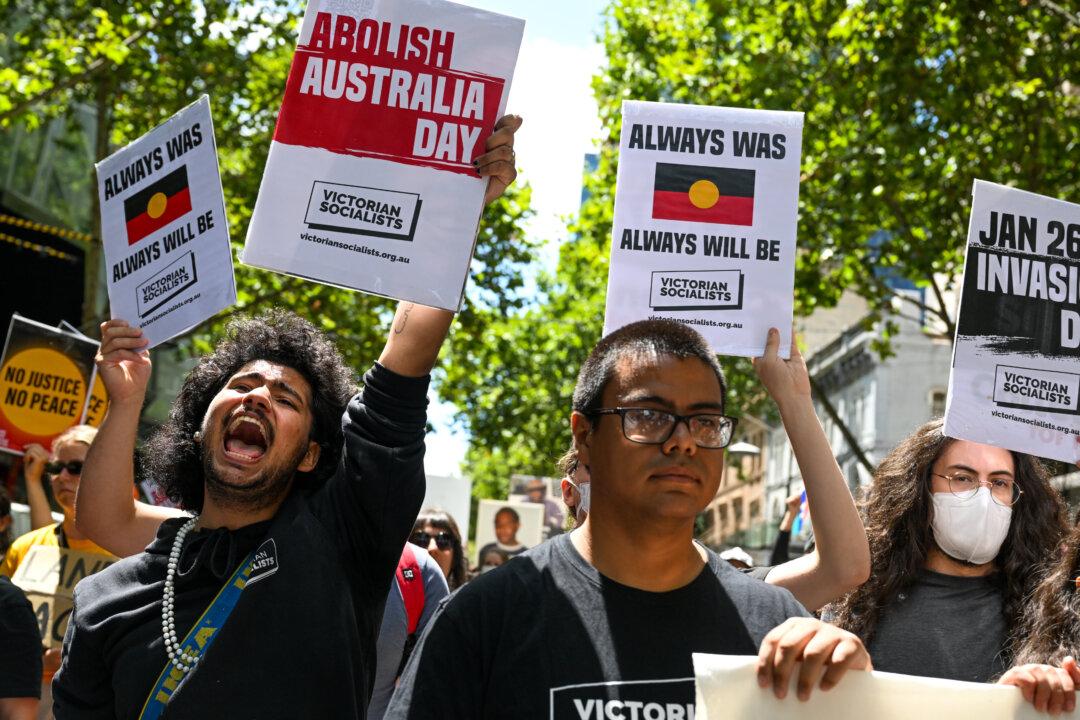The Australian federal government’s welfare spending is expected to exceed the rates outlined in the budget forecasts as it will be driven higher by top-ups to keep up with inflation.
These payments will “continue to be automatically indexed to help keep pace with increases in the cost of living,” the budget paper noted.
Indexation is the adjustment of the price, wages, or other values for the effects of inflation, cost of living, or input prices over time.
In Australia, the rates of most social security payments are usually indexed to maintain their real value in the face of inflation—a currency’s loss of purchasing power—twice each year, on March 20 and Sept. 20.
For example, the JobSeeker payment for a single person with no children will increase from $693.10 (US$460.98) per fortnight to $758.70 per fortnight after indexation (instead of $733.10 per fortnight prior to indexation). This is a increase of $65.60 per recipient instead of $40.
Similarly, a single parent with a dependent child or children will have their welfare payment increase from $745.20 per fortnight to $812.60 per fortnight—a $67.40 increase.
The change in the base rate of JobSeeker and other payments is predicted to affect 1.1 million Australians.
Meanwhile, a young person would see their Youth Allowance payment increase from $562.80 to $623.80 fortnightly—a $61 increase.
The government will also raise Commonwealth rent assistance by 15 percent. The current base rate for a single person is $157.20 per fornight; if indexation is calculated, payments will be increased by an extra $5 per recipient.
While the budget focuses on increasing welfare payments, it has been criticised by the Coalition for also being a missed opportunity to address structural reforms that can put downward pressure on the root causes of inflation so things will not get worse in the future.
Government and RBA Policies Moving in Opposite Directions
Richardson said while the government has successfully addressed problems facing vulnerable Australians, it needs to make sure that it saves enough money so that the protection of the vulnerable doesn’t “inject so much money into the economy that [it is] added to inflation risks.”“I think it didn’t nail the second element of that,” he told Sky News Australia of the Albanese government’s budget on May 10.
Shadow Treasurer Angus Taylor echoed Richardson’s sentiment on Sunday, saying that “it’s hard to find the economists who think that this budget is putting downward pressure on inflation.”
He argued that “Canberra, not the Kremlin,” is the cause of inflation.
“Whether interest rates go up or not, that will be up to the Reserve Bank. What’s very clear though, is they failed to put that downward pressure that’s required.”
Taylor warned that under Labor’s proposed approach to economic management, the country would end up with a situation where the Reserve Bank “has the foot on the brake at exactly the time when the government has the foot on the accelerator.”
“That is the sad reality of what we’ve seen in this budget, and that will hurt middle Australia. Let’s be clear about that.”
But Treasurer Jim Chalmers argued that the budget is “carefully calibrated to alleviate inflationary pressures, not add to them.”
“Because of our policies, electricity price increases are expected to be around 25 percentage points less than what was projected—and 16 percentage points less for gas.”
However, Samantha McCulloch, CEO of the Australian Petroleum Production and Exploration Association (APPEA), argued that the government’s intervention in the energy market does not solve the core problem.
“They are far-reaching and represent a dismantling of the gas market that will have a chilling effect on the investment needed to bring on that new supply. Ultimately, it’s going to make the situation worse for those Australian households and those Australian manufacturers.”




